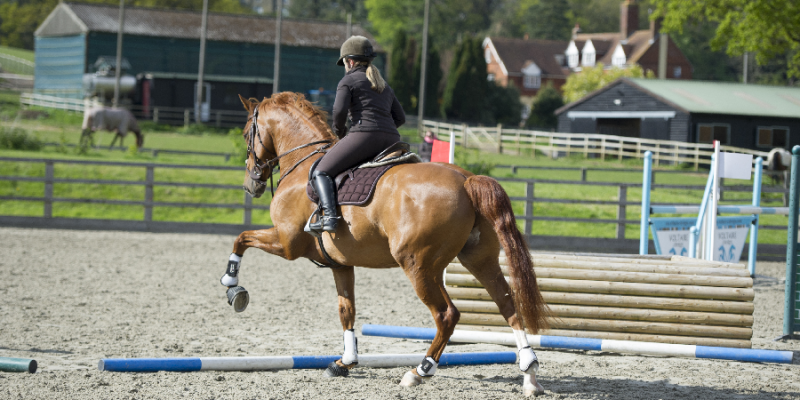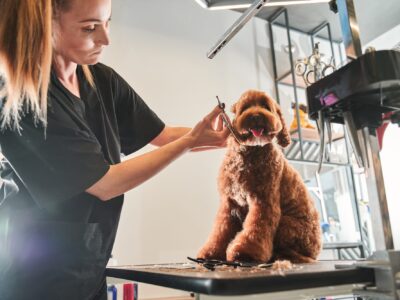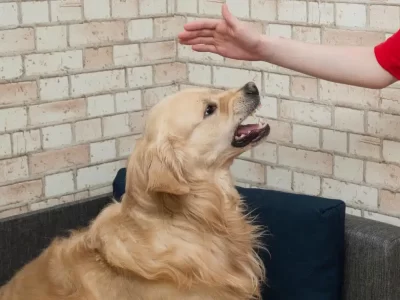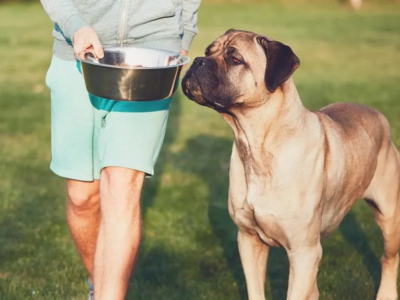Training a horse takes dedication, patience and proper equipment. A great bond, relationship and communication with your horse is important before starting a training program. The equipment you have and the slow and steady routine you implement from the start will help create a more comfortable and rewarding experience. Prior to embarking on your first session, you must have a spacious and flat arena. In addition, you must have proper equipment and riding knowledge. Here are four tips for gently encouraging and teaching your horse to jump.
- Provide a Gentle Foundation
Jumping can be a frightening task for your animal. Therefore, the best horse jump equipment to start with is a basic trot pole. Start with placing a few poles on the ground and around your arena. Walk your horse up to the poles and encourage the horse to walk over them. Always start off each new task slowly with a walk. Pick up the speed to a trot and later to a canter once you and your horse have become comfortable, confident and successful with each task. Provide equal importance to going both directions over the poles. This will improve your horse’s ability to gracefully navigate obstacles regardless of spatial orientation.
- Stay Grounded
When you and your horse become comfortable cantering over the poles, space them approximately 3 to 4 feet apart. Once you successfully move through two poles without stopping, add additional poles. Ensure your horse is comfortable with the timing and the distance between the poles before moving to a faster pace. In addition to creating a linear obstacle course, create a curved or circular course so that your horse has practice moving toward the right and toward the left over the poles. This will also help you discover any unilateral weakness the horse might have while going one way or another.
- Raise the Bar
Once you and your horse are cantering over the ground poles with consistency, add one short jump on small blocks or on an adjustable cavaletti jump at the end of the course. Walk the horse through the jump first to allow for inspection. Repeat the previous exercise until the horse becomes comfortable with the single jump at the end of the pole course.
- Set Loftier Goals
Once your horse is confident with clearing an elevated pole, space out three height-varying obstacles around your arena to create a figure-eight pattern. At this stage, keep the jump heights low. This will help you and your horse calibrate the rhythm and speed for various jump heights. In addition, it will help the horse get used to adjusting leg power on the take-off before tackling larger obstacles later.
It can take horses up to a year to learn to jump properly and comfortably. Never rush your animal. Fatigue leads to injury and loss of technique. Enjoy the process and remember to reward your horse for learning to overcome fear and gaining more confidence to take on new challenges one step at a time.








Comments